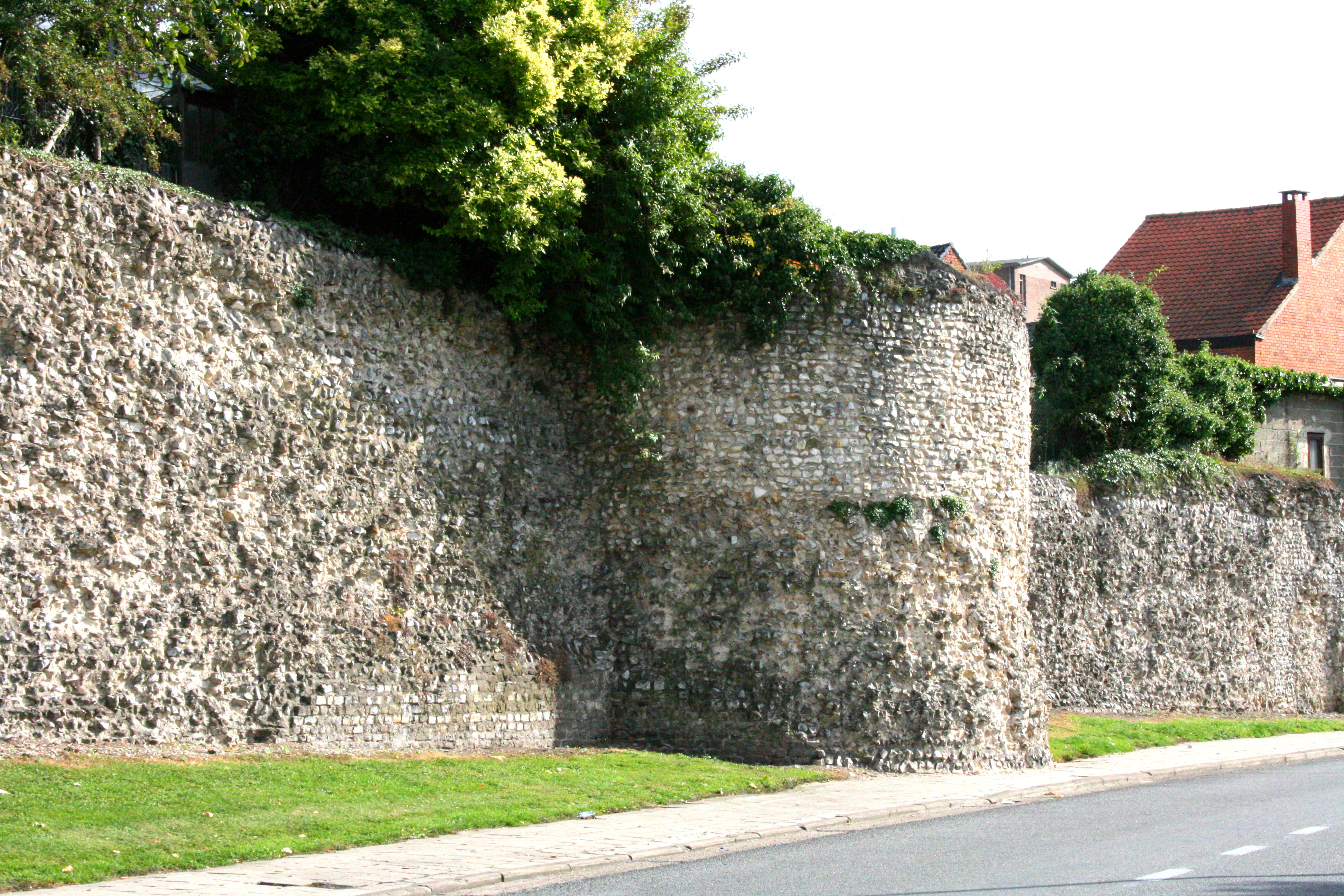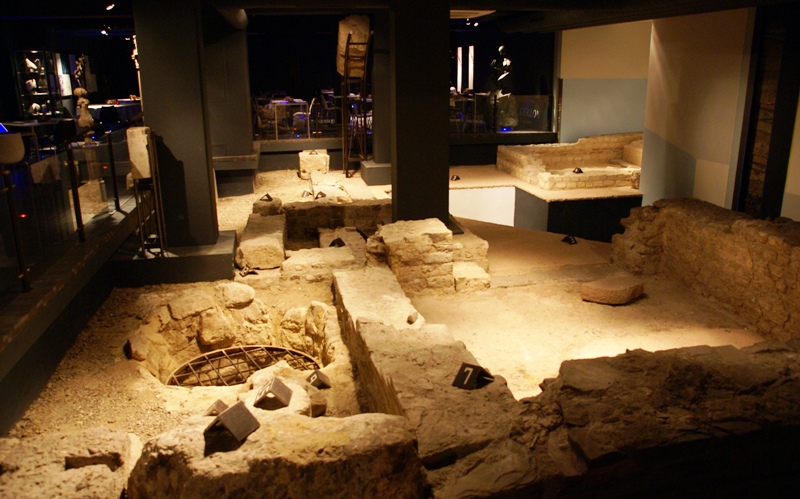|
Riemst
Riemst (; li, Riems) is a small town and a municipality in the Belgian province of Limburg. Riemst is in the Flemish speaking area of Belgium. On January 1, 2018 Riemst had a total population of 16,665. The total area is 57.88 km² which gives a population density of 276 inhabitants per km². Riemst was the site of the Battle of Lauffeld, fought in 1747. The bridge in the Borough Vroenhoven was part of the start of WW2, when the Germans launched a coordinated attack on the area. Paul Schiepers (born in 1919) was the last mayor of the borough of Riemst before it joined with the other boroughs to form the current town of Riemst. He died on August 18, 1978.https://www.riemst.be/sites/default/files/public/_development/3770_JUNI_2021_.LR6_.pdf Boroughs Genoelselderen, Herderen, Kanne, Membruggen, Millen, Riemst, Val-Meer, Lafelt, Vlijtingen, Vroenhoven, Heukelom and Zichen-Zussen-Bolder Gallery References External links Official website- Available only in Dutch Dutch ... [...More Info...] [...Related Items...] OR: [Wikipedia] [Google] [Baidu] |
Kanne
Kanne (Limburgish: ''Kan'') is a village in the municipality of Riemst in the southeastern part of the Belgian province of Limburg. as of 2021, the village has 1,162 inhabitants of which a significant part have the Dutch nationality. Location Kanne is situated right on the border with the city of Maastricht in the Dutch province of Limburg. It is also on the border with the Walloon municipality of Visé. Kanne is situated in the valley of the river Geer (Dutch: ''Jeker'') between Cannerberg (part of the Hesbaye Plateau) in the west and Mount Saint Peter (Caestert Plateau) in the east. The village is also situated on the Albert Canal, at the western end of the canal's passage through Mount Saint Peter. History The name Kanne ("Cannes") was mentioned first in a document of 965. In 1079 it was referred to as ''apud Kanne''. The meaning of the name is not known. Kanne consists of two part: Opkanne ("Upper Kanne") and Neercanne ("Lower Kanne"). Opkanne belonged in 965 to the chapt ... [...More Info...] [...Related Items...] OR: [Wikipedia] [Google] [Baidu] |
Tongeren
Tongeren (; french: Tongres ; german: Tongern ; li, Tóngere ) is a city and municipality located in the Belgian province of Limburg, in the southeastern corner of the Flemish region of Belgium. Tongeren is the oldest town in Belgium, as the only Roman administrative capital within the country's borders. As a Roman city, it was inhabited by the Tungri, and known as ''Atuatuca Tungrorum'', it was the administrative centre of the ''Civitas Tungrorum'' district. History ''Atuatuca Tungrorum'' The Romans referred to Tongeren as ''Aduatuca Tungrorum'' or ''Atuatuca Tongrorum'', and it was the capital of the large Roman province of ''Civitas Tungrorum'', an area which covered modern Belgian Limburg, and at least parts of all the areas around it. Before the Roman conquests, this area was inhabited by the group of Belgic tribes known as the ''Germani cisrhenani''. (Despite being known as the ''Germani'', whether they spoke a Germanic language is debated, and the names of their tribes ... [...More Info...] [...Related Items...] OR: [Wikipedia] [Google] [Baidu] |
Maastricht
Maastricht ( , , ; li, Mestreech ; french: Maestricht ; es, Mastrique ) is a city and a municipality in the southeastern Netherlands. It is the capital and largest city of the province of Limburg. Maastricht is located on both sides of the Meuse ( nl, Maas), at the point where the Jeker joins it. Mount Saint Peter (''Sint-Pietersberg'') is largely situated within the city's municipal borders. Maastricht is about 175 km south east of the capital Amsterdam and 65 km from Eindhoven; it is adjacent to the border with Belgium and is part of the Meuse-Rhine Euroregion, an international metropolis with a population of about 3.9 million, which includes the nearby German and Belgian cities of Aachen, Liège and Hasselt. Maastricht developed from a Roman settlement (''Trajectum ad Mosam'') to a medieval religious centre. In the 16th century it became a garrison town and in the 19th century an early industrial centre. Today, the city is a thriving cultural and regional hub. It beca ... [...More Info...] [...Related Items...] OR: [Wikipedia] [Google] [Baidu] |
Bassenge
Bassenge (; nl, Bitsingen, ; wa, Bassindje) is a municipality of Wallonia located in the province of liège, Belgium. On 1 January 2006 Bassenge had a total population of 8,335. The total area is 38.17 km² which gives a population density of 218 inhabitants per km². The municipality consists of the following districts: Bassenge, Boirs, Ében-Émael, Glons, Roclenge-sur-Geer, and Wonck. Gallery File:Bassenge, l'église Saint-Pierre IMG 9553 2019-05-31 14.13.jpg, Bassenge, church: l'église Saint-Pierre File:Bassenge, la chapelle du Vi Mosti foto2 2015-04-14 13.50.jpg, Bassenge, la chapelle du Vi Mosti File:Roclenge sur Geer, l'église Saint-Remy foto5 2015-04-14 14.10.jpg, Roclenge sur Geer, l'église Saint-Remy File:Wonck, kapel IMG 9543 2019-05-31 13.44.jpg, Wonck, chapel in the hills Historic sites Fort Eben-Emael was a major fortress intended to defend Belgium against attack from Germany. Built in the 1930s, it was swiftly captured by German forces in May 19 ... [...More Info...] [...Related Items...] OR: [Wikipedia] [Google] [Baidu] |
Visé
Visé (; nl, Wezet, ; wa, Vizé) is a city and municipality of Wallonia, located on the river Meuse in the province of Liège, Belgium. The municipality consists of the following districts: Argenteau, Cheratte, Lanaye, Lixhe, Richelle, and Visé. In the north-east (on the eastern bank of the Meuse) the area of the municipality extends up to the village of Moelingen in the Limburgian municipality of Voeren, while in the north-west (on the western bank of the Meuse) it extends up to the border between Belgium and the Netherlands (on the other side of which the Dutch municipality of Maastricht is situated). The city of Visé is located in a distance of some 20 km (12,4 miles) north eastern of Belgian Liège city and of some 15 km (9,3 miles) southern of the most southern Dutch city of Maastricht. In addition to the Meuse, the Albert Canal also passes through this town. History The Germans entered Belgium on 4 August 1914, and entered Visé that day as part of ... [...More Info...] [...Related Items...] OR: [Wikipedia] [Google] [Baidu] |
Lanaken
Lanaken (; li, Laoneke) is a municipality located in the Belgian province of Limburg. On January 1, 2007, the municipality of Lanaken had a total population of 24,724. Its area is 59.00 km² which gives a population density of 415 inhabitants per km². Lanaken is located on the Belgian-Dutch border, bordering Maastricht directly. In the 2006 census, some 20 percent of the inhabitants turned out to have the Dutch nationality. A number of neighbourhoods in Lanaken is characterized by these immigrants' numerous villas and exclusive landhouses. Lanaken consists of the following villages: Lanaken proper, Rekem, Neerharen, Gellik, Veldwezelt, Smeermaas and Kesselt. Also located in Lanaken are the hamlets Briegden and Herbricht and the old village centre Oud-Rekem. The South African pulp and paper company Sappi operates a large mill on the outskirts of the town. In 2006, four 100 meter high wind turbines were built to provide electricity to the Celanese factory. Later on 8 ... [...More Info...] [...Related Items...] OR: [Wikipedia] [Google] [Baidu] |
Bilzen
Bilzen () is a city and a municipality located in the Belgian province of Limburg. In 2021, Bilzen had a total population of 32,536. The total area is 75.90 km² which gives a population density of 426 inhabitants per km². Bilzen consists of the city of Bilzen and the following villages: , Eigenbilzen, , , , , , , , Rijkhoven, , and . It was in 1977 that they all became part of the municipality Bilzen because of the fusion of municipalities. Cities in Bilzen's neighbourhood are all within a distance of some 10 to 15 kilometers: to its north, Genk; to its east, Maastricht (Netherlands); to its south Tongeren; and to its north-west, Diepenbeek. From 1965 to 1981 Bilzen hosted Jazz Bilzen, a jazz and rock festival that lasted several days. In its time Jazz Bilzen was the most important Belgian festival. Artists that performed there were, among many others, Humble Pie, The Moody Blues, Deep Purple, Black Sabbath, Humble Pie, The Kinks, The Troggs, Procol Harum, Golden Earr ... [...More Info...] [...Related Items...] OR: [Wikipedia] [Google] [Baidu] |
Arrondissement Of Tongeren
The Arrondissement of Tongeren ( nl, Arrondissement Tongeren; french: Arrondissement de Tongres) is one of the three administrative arrondissements in the Province of Limburg, Belgium. It is both an administrative and a judicial arrondissement. However, the Judicial Arrondissement of Tongeren comprises the municipalities of Tongeren, Bocholt, Bree, Kinrooi, Meeuwen-Gruitrode, Dilsen-Stokkem and Maaseik in the Arrondissement of Maaseik and the municipalities of As, Genk, Opglabbeek and Zutendaal in the Arrondissement of Hasselt. The arrondissement was created in 1839 to form the Belgian part of the former arrondissement of Maastricht, which ceased to exist due to the splitting of Limburg. The canton of Borgloon was also moved from the arrondissement of Hasselt to the new arrondissement of Tongeren. Municipalities The Administrative Arrondissement of Tongeren consists of the following municipalities: * Alken * Bilzen * Borgloon * Heers * Herstappe * Hoeselt * Kortessem * ... [...More Info...] [...Related Items...] OR: [Wikipedia] [Google] [Baidu] |
Limburg (Belgium)
Limburg ( nl, Limburg, ; li, Limburg or ''Wes-Limburg'' ; french: Limbourg, ) is a province in Belgium. It is the easternmost of the five Dutch-speaking provinces that together form the Region of Flanders, one of the three main political and cultural sub-divisions of modern-day Belgium. Limburg is located west of the Meuse ( nl, Maas), which separates it from the similarly-named Dutch province of Limburg. To the south it shares a border with the French-speaking province of Liège, with which it also has historical ties. To the north and west are the old territories of the Duchy of Brabant. Today these are the Flemish provinces of Flemish Brabant and Antwerp to the west, and the Dutch province of North Brabant to the north. The province of Limburg has an area of which comprises three arrondissements (''arrondissementen'' in Dutch) containing 44 municipalities. Among these municipalities are the current capital Hasselt, Sint-Truiden, Genk, and Tongeren, the only Roman city in ... [...More Info...] [...Related Items...] OR: [Wikipedia] [Google] [Baidu] |
Pont Vroenhoven 1935
Pont, meaning "bridge" in French, may refer to: Places France * Pont, Côte-d'Or, in the Côte-d'Or ''département'' * Pont-Bellanger, in the Calvados ''département'' * Pont-d'Ouilly, in the Calvados ''département'' * Pont-Farcy, in the Calvados ''département'' * Pont-l'Évêque, Calvados, in the Calvados ''département'' * Pont-l'Évêque, Oise, in the Oise ''département'' Elsewhere * Pont, Cornwall, England * Pontarddulais, Swansea, Wales * Pontypridd, Rhondda Cynon Taf, Wales * in Ponteland, Northumberland * Du Pont, Switzerland, in the commune of L'Abbaye, Switzerland Other * Pont (surname) * Pont (Haiti), a political party led by Jean Marie Chérestal * Pont Rouelle, a bridge in Paris, France * Du Pont family * Graham Laidler (1908–1940), British cartoonist, "Pont" of ''Punch'' magazine * PONT, time zone abbreviation for Ponape Time (Micronesia), UTC+11:00 See also * Dupont (surname) * DuPont, the company * Dupont (other) * Ponte (other) Ponte, ... [...More Info...] [...Related Items...] OR: [Wikipedia] [Google] [Baidu] |



